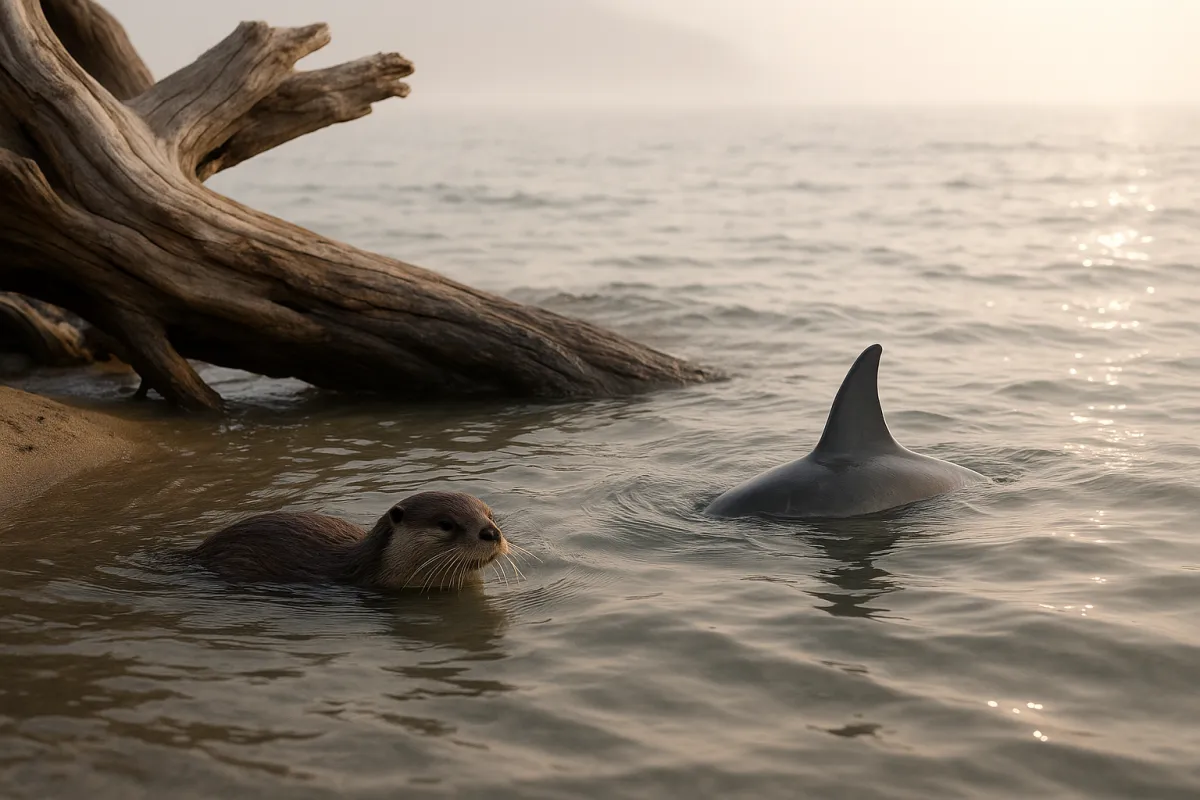
The Lift of Water
The ocean is full of quiet magic, and one of its most enduring mysteries is buoyancy—the invisible lift that allows life to float, hover, and glide through the sea. Without it, fish would sink, whales would struggle to surface, and plankton would vanish from sunlight’s reach. With it, the underwater world becomes a realm of effortless motion.
The Principle of Buoyancy
Archimedes described it long ago: an object immersed in water is pushed upward by a force equal to the weight of the water it displaces. Whether something floats or sinks depends on its density compared to the water around it. This simple truth governs the survival of everything from a drifting jellyfish to a steel submarine.
The Swim Bladder’s Secret
Many fish carry an ingenious tool inside their bodies: the swim bladder. This gas-filled organ can inflate or deflate, allowing fish to rise or sink without effort. With a subtle shift of air, they hover mid-water, conserving energy for feeding or escape. It is a perfect adaptation—biology’s own diving bell.
Marine Mammals and the Balance of Fat
Whales, dolphins, and seals lack swim bladders. Instead, their buoyancy is written into their bodies: fat distributed beneath the skin, flexible lungs, and air spaces in bone. These adaptations let them adjust their balance as they dive deep or rest at the surface. A whale’s ascent after a long dive is not brute force but graceful equilibrium, a negotiation between body and sea.
Plankton: Drifters of Light
At the ocean’s foundation, plankton use buoyancy to remain where light still filters through. Some carry droplets of oil, others inflate with gases, while many grow spines or ornate structures that slow their sinking. Suspended near the surface, they photosynthesize and feed the rest of the marine food chain, proving that even life’s smallest wanderers depend on buoyancy to persist.
Water Itself as Sculptor
Buoyancy changes with the water. Cold, salty water is denser than warm or fresh water. Creatures migrate between these layers, using shifts in density to their advantage. In polar seas, this layering shapes ecosystems; in estuaries, where rivers meet the sea, it dictates where life can flourish.
Human Lessons from the Sea
Humans, too, have learned buoyancy’s secrets. Submarines rise and fall through ballast tanks. Divers carry weighted belts to descend and air vests to ascend. Every ship that sails depends on the same principle that lifts a jellyfish. Our flotation devices, research submarines, and life-saving jackets all echo the ingenuity first mastered by plankton and fish.
A Force of Balance
Buoyancy is more than a physical law—it is the sea’s way of holding life in suspension, balancing gravity’s pull with water’s embrace. From the glowing drifters of the plankton world to the largest whales, buoyancy reminds us that survival often depends not on strength but on balance, lightness, and the grace of being held.
🌊 The Lift of Water (Buoyancy) — Sources
Archimedes. On Floating Bodies.
Alexander, R. McN. (1990). Size, speed, and buoyancy adaptations in aquatic animals.
NOAA. Buoyancy and the Ocean.
FishBase. Swim bladder function in fishes.
National Marine Mammal Laboratory. Buoyancy in whales and seals.